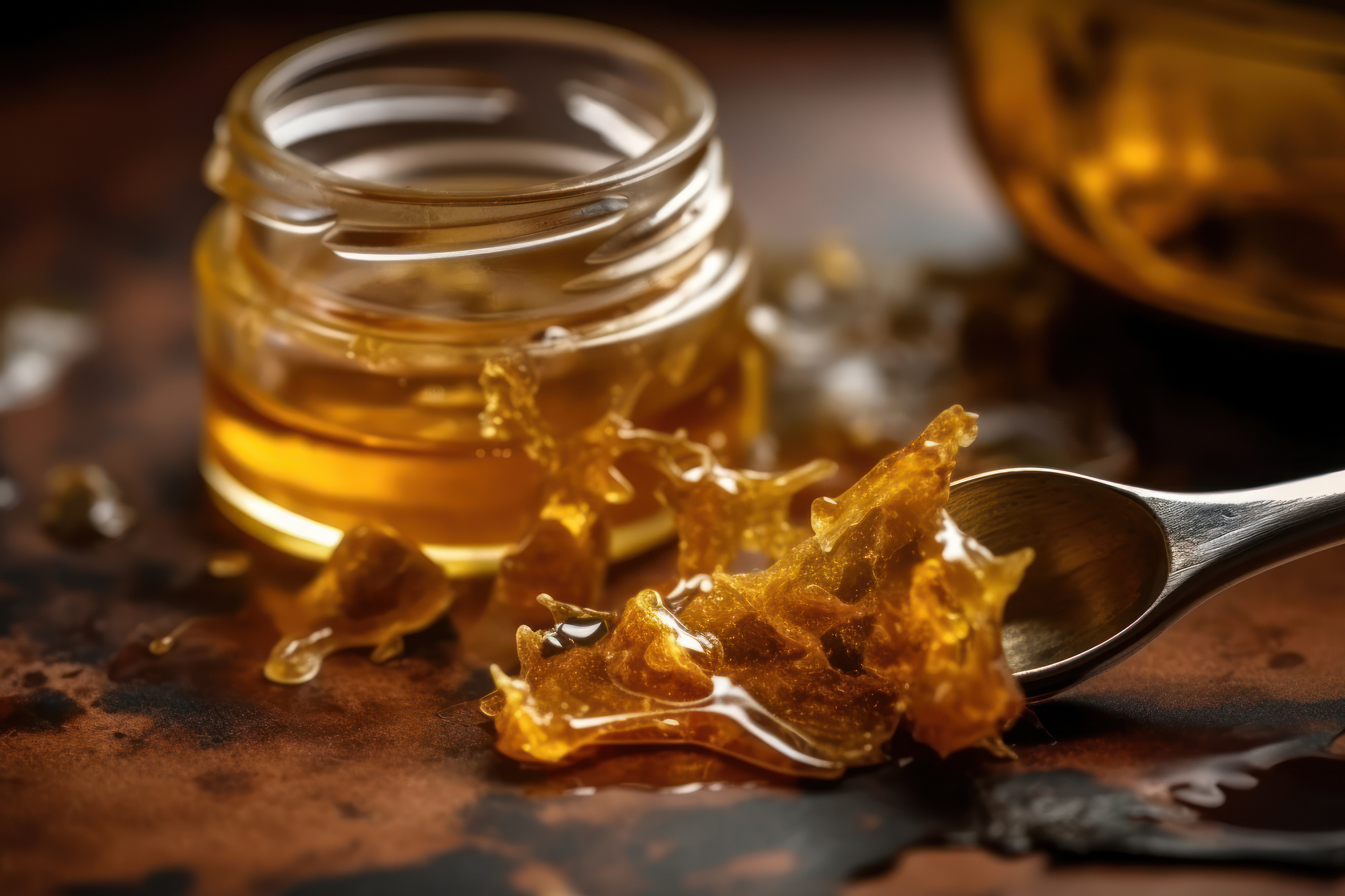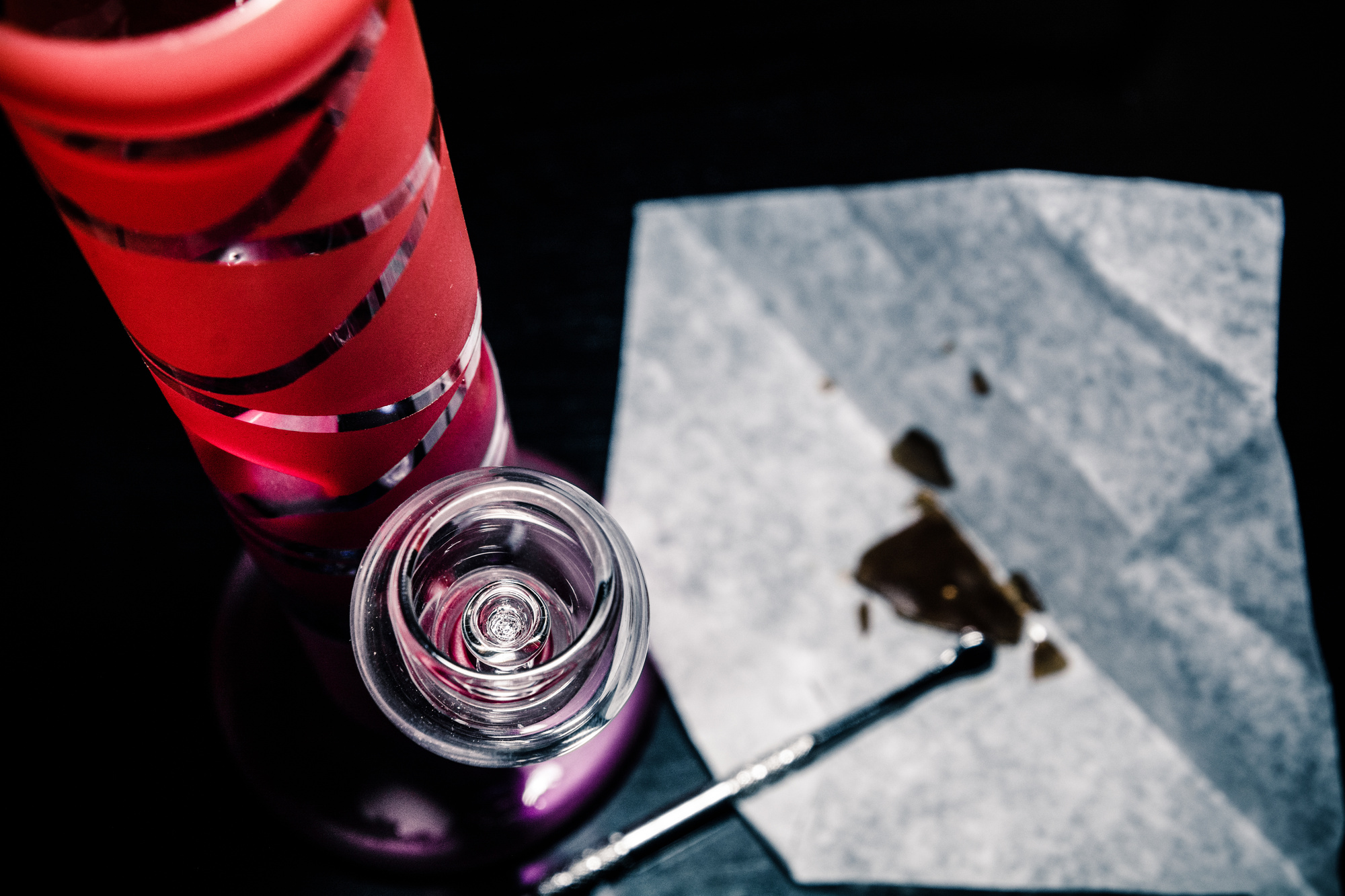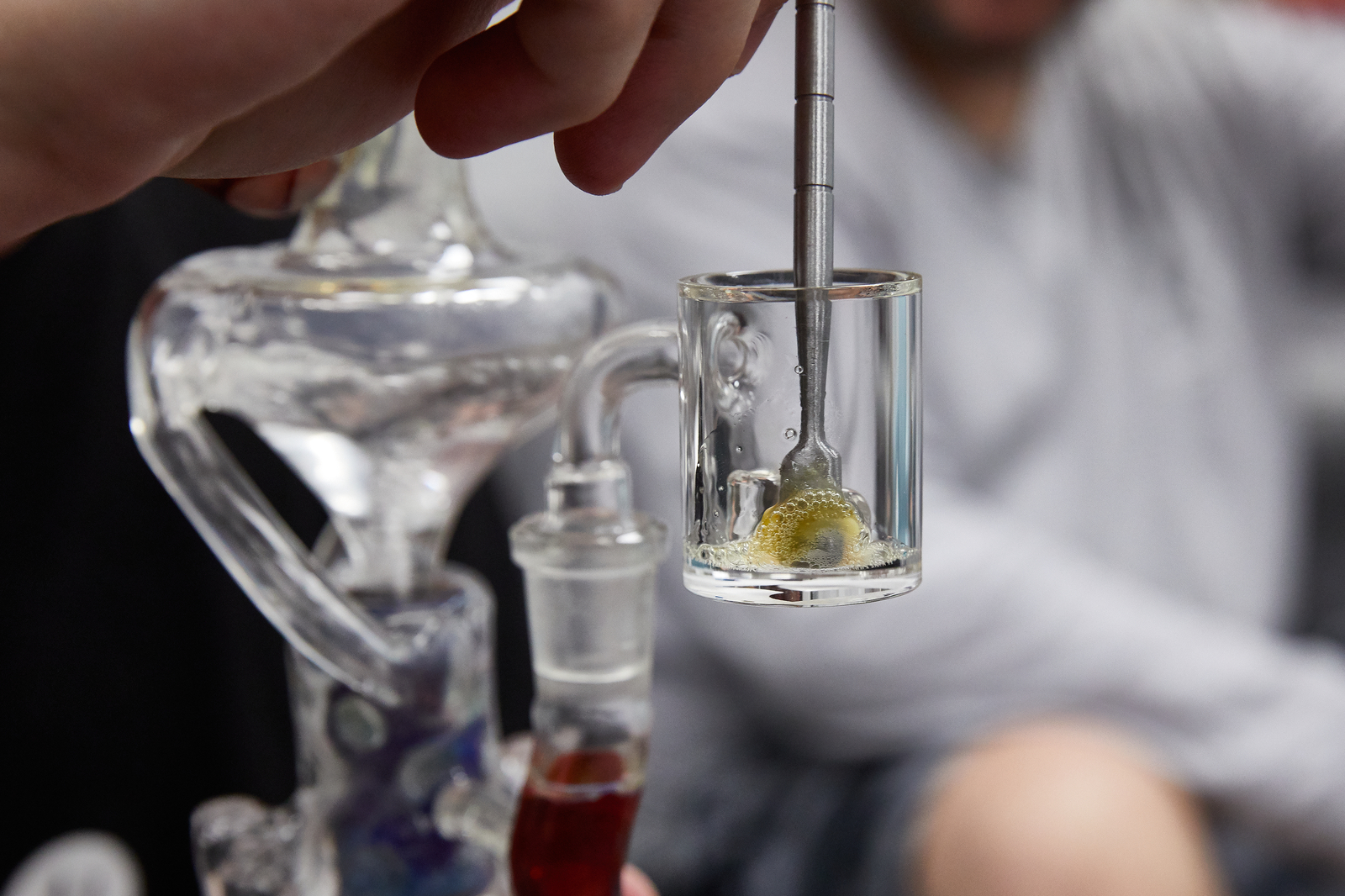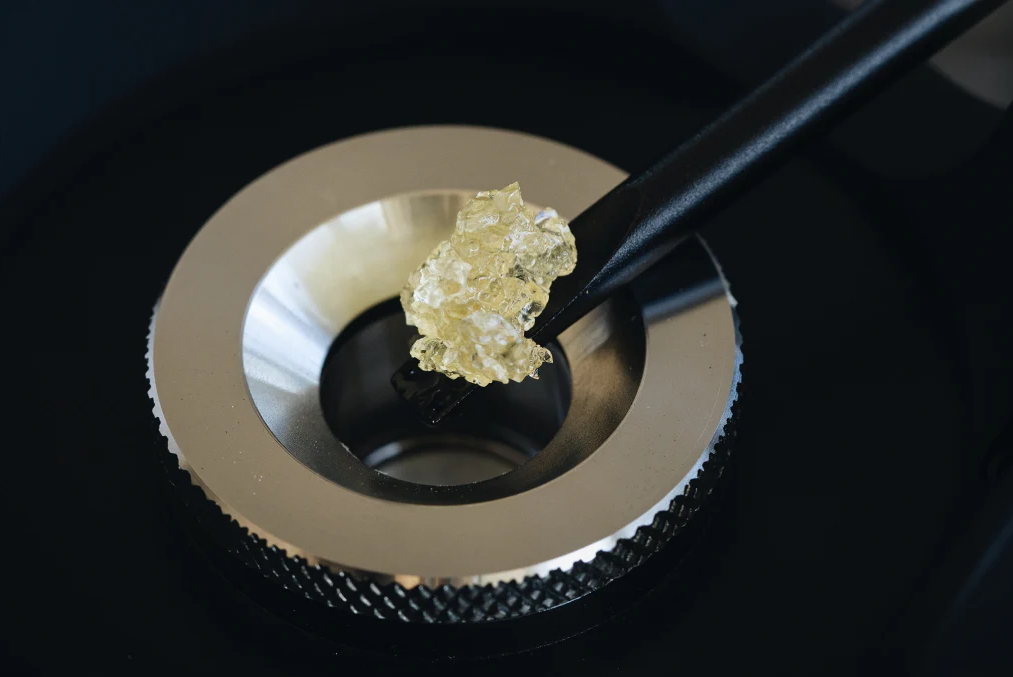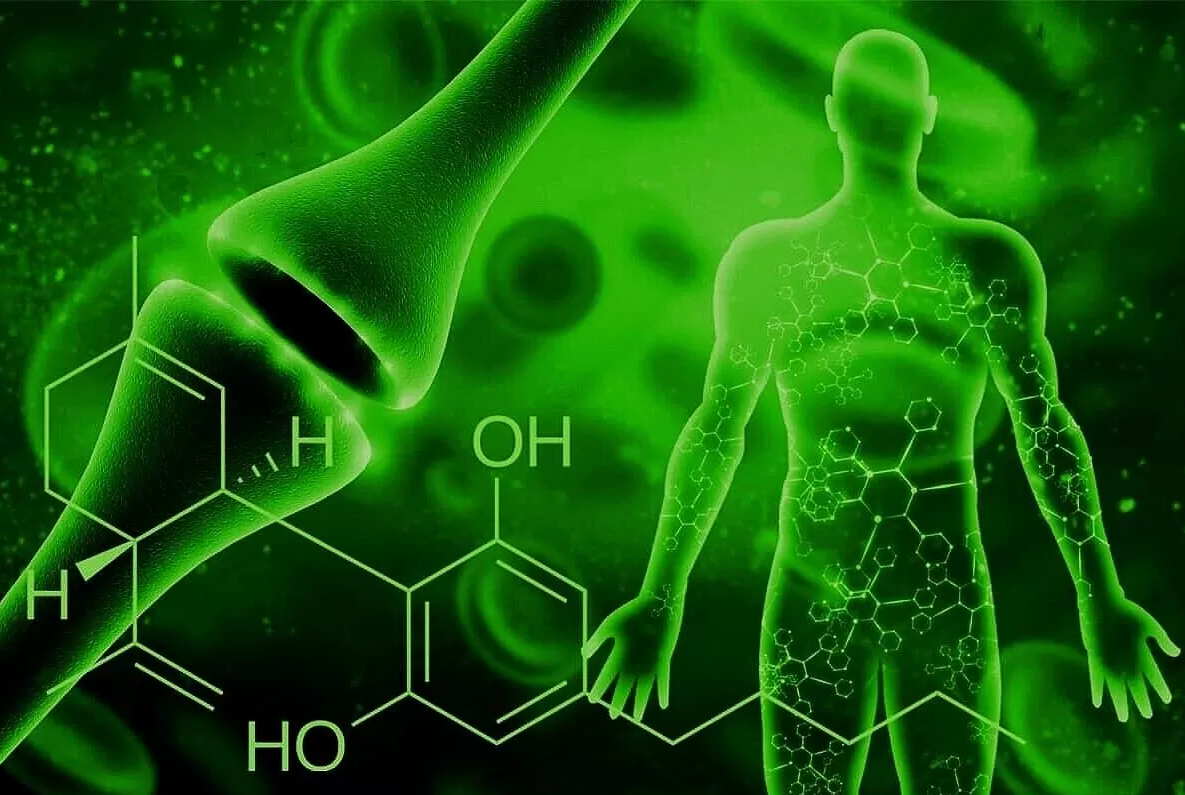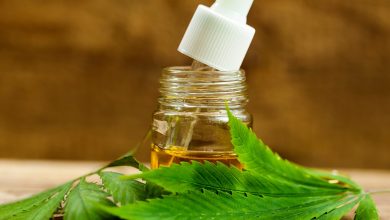Cannabis enthusiasts across the globe have embraced dabbing, an increasingly popular method of consumption that involves vaporizing concentrated forms of cannabis known as dabs. Dabbing has changed the landscape of cannabis consumption, but despite its growing popularity, it remains shrouded in mystery for many.
Consequently, understanding the science behind this method of consumption is paramount for those seeking an optimized, safe, and efficient dabbing experience. The process goes beyond just heating and inhaling; it’s an intricate interplay of chemistry and physics that, when understood, can enhance the user’s appreciation and experience.
1 What Is Dabbing?
Dabbing involves heating a concentrated form of cannabis, often called a ‘dab,’ to a high temperature, which vaporizes the substance. The resultant vapor, rich in cannabinoids and terpenes, is then inhaled. The principle behind this method lies in the chemical nature of these compounds. Cannabinoids and terpenes are volatile substances that transform from solid or liquid to gas when exposed to heat.
The process of extraction results in a highly concentrated product, often with significantly higher levels of cannabinoids than traditional cannabis products. This means dabbing can deliver a much more potent experience, which is part of its appeal.
The temperatures used in dabbing can also influence the types and amounts of cannabinoids and terpenes released, affecting the overall experience. Hence, the temperature at which the dab is vaporized is a key factor in the process.
2 The Chemistry Of Dabs
Cannabis concentrates used in dabbing come in various forms, each with a unique chemical composition. These forms, often referred to as shatter, wax, budder, or crumble, are rich in cannabinoids and terpenes extracted from the cannabis plant. One of the most popular debates revolves around shatter vs wax.
Shatter is known for its translucent, glass-like appearance and its high potency. It owes its name to its brittle texture that can easily ‘shatter.’ In contrast, wax is opaque and has a softer, more pliable texture. Both are products of extraction processes that isolate cannabinoids and terpenes, but they differ in their final form due to variations in heat and purging techniques.
Understanding the type and concentration of cannabinoids and terpenes in the chosen dab material is crucial. Cannabinoids such as THC and CBD interact with the body’s endocannabinoid system, producing various effects, from euphoria to pain relief. Terpenes, on the other hand, are responsible for the unique aroma and flavor profiles of dabs and may also play a role in modulating the effects of cannabinoids.
3 The Physics Of Dabbing
Dabbing is a thermal process, using heat to transform the cannabis concentrate into a vapor that can be inhaled. The temperature at which the dab is heated plays a crucial role in determining the quality of the user’s experience. Therefore, understanding the basic physics involved in dabbing can lead to more efficient and safer use.
When the dab is heated, the cannabinoids and terpenes are vaporized. This vapor is then inhaled, delivering the cannabinoids and terpenes to the body. However, the temperature used for heating is critical. Low temperatures (315 to 450°F) may not fully vaporize the concentrate, leading to less efficient consumption. On the other hand, high temperatures (600 to 900°F) risk combusting the concentrate, which can produce harmful byproducts and a less flavorful experience.
Innovations in technology, such as e-nails and advanced dab rigs, allow users to precisely control the heating temperature, providing a more consistent and safer experience. By understanding the importance of heat in the dabbing process, users can better control the effects, taste, and safety of their dabbing experience.
4 The Role Of Terpenes
Terpenes are organic compounds responsible for plants’ unique aromas and flavors, including cannabis. They also play a pivotal role in the overall cannabis experience by influencing the effects of cannabinoids through a phenomenon known as the ‘entourage effect.’
Terpenes are extremely sensitive to heat. Different terpenes have different boiling points, which means the temperature at which a dab is heated can significantly influence the flavor profile and potential benefits experienced. For instance, terpenes like myrcene, with a lower boiling point, may offer calming effects, while limonene, with a higher boiling point, may provide uplifting effects.
Understanding the boiling points of the terpenes in the chosen dab can help optimize the heating temperature for the desired experience. By fine-tuning the heating process based on the terpene content, users can tailor their dabbing experience to their individual preferences.
5 Cannabinoids And The Endocannabinoid System
Cannabinoids are the primary active compounds found in cannabis. THC, CBD, and other cannabinoids have varying effects on the human body, primarily by interacting with the endocannabinoid system. This system, found throughout the body, plays a crucial role in maintaining homeostasis or balance in the body’s various functions.
THC is the psychoactive component in cannabis responsible for the high. It binds with CB1 receptors in the brain, resulting in euphoria. Conversely, CBD doesn’t have a strong affinity for these receptors and thus doesn’t produce a high. Instead, it may interact with other components in the body, potentially offering therapeutic effects such as anti-inflammation and anxiety relief.
Understanding the varying effects of different cannabinoids, their concentration in the chosen dab, and their interaction with the body’s endocannabinoid system is key for a tailored dabbing experience.
Conclusion
The science behind dabbing encompasses a complex interaction between heat, cannabinoids, and terpenes. The more one delves into the science and mechanics behind it, the clearer it becomes that dabbing is not just about consumption but personalization, optimization, and exploration. With a wealth of knowledge at their disposal, cannabis enthusiasts are empowered to not just partake but truly craft their own unique, tailored experiences.

